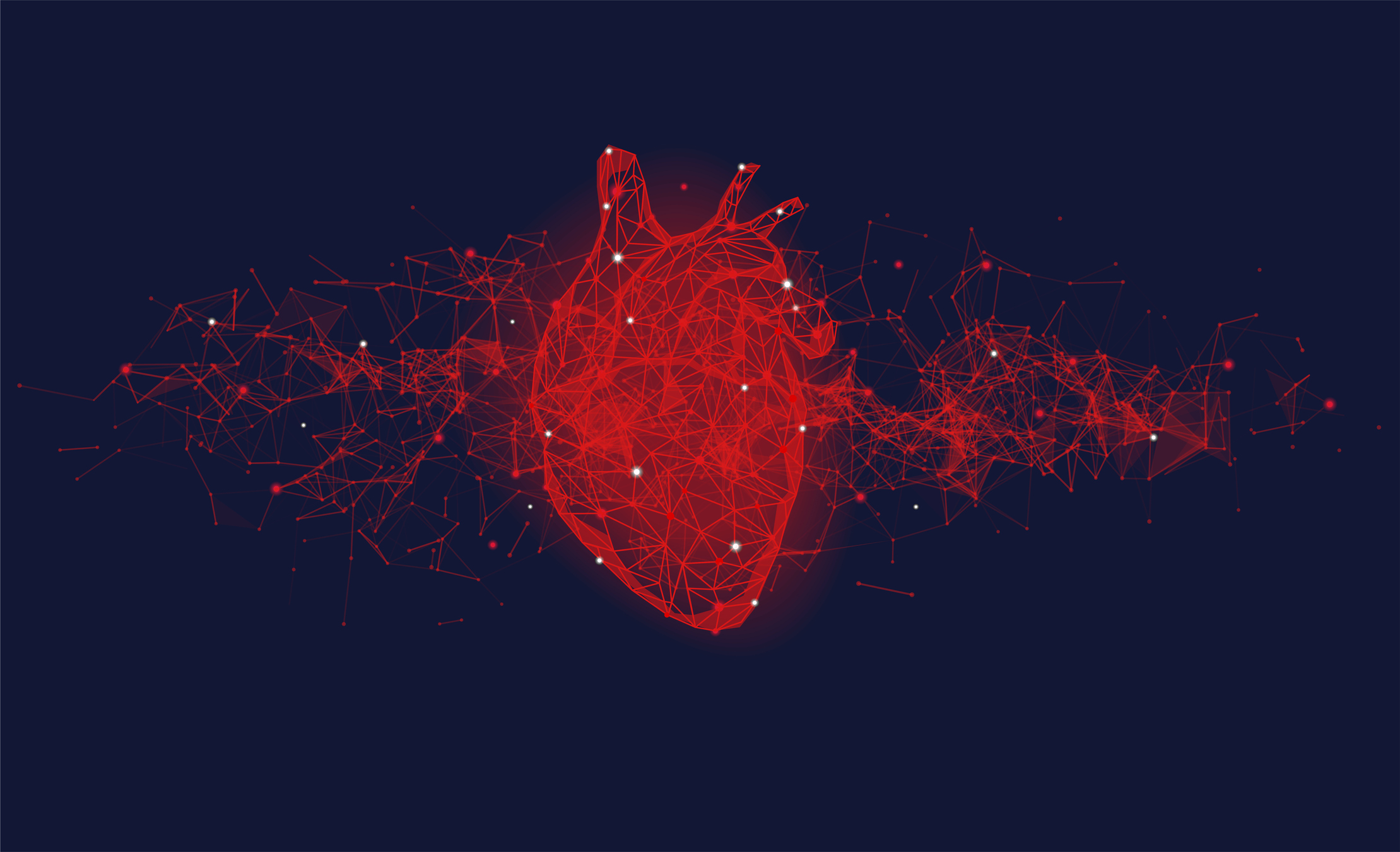
Abstract
Aims: The severe acute respiratory syndrome coronavirus 2 (SARS-CoV-2) is known to present with pulmonary and extra-pulmonary organ complications. In comparison with the 2009 pandemic (pH1N1), SARS-CoV-2 infection is likely to lead to more severe disease, with multi-organ effects, including cardiovascular disease. SARS-CoV-2 has been associated with acute and long-term cardiovascular disease, but the molecular changes govern this remain unknown. To investigate the host transcriptome changes of cardiac tissues from patients who died from COVID-19, pH1N1, and healthy cardiac tissues.
Methods and results: In this study, we investigated the landscape of cardiac tissues collected at rapid autopsy from 7 SARS-CoV-2, 2 pH1N1, and 6 control patients using targeted spatial transcriptomics approaches. The main outcomes for the study were to profile rapid autopsy samples collected from the COVID-19, pH1N1 and normal, non-viral deaths to determine transcriptional changes between the different cohorts. Although SARS-CoV-2 was not detected in cardiac tissue, host transcriptomics showed upregulation of genes associated with DNA damage and repair, heat shock, and M1-like macrophage infiltration in the cardiac tissues of COVID-19 patients. The DNA damage present in the SARS-CoV-2 patient samples, were further confirmed by γ-H2Ax immunohistochemistry. In comparison, pH1N1 showed upregulation of Interferon-stimulated genes (ISGs), in particular interferon and complement pathways, when compared with COVID-19 patients.
Read more...







